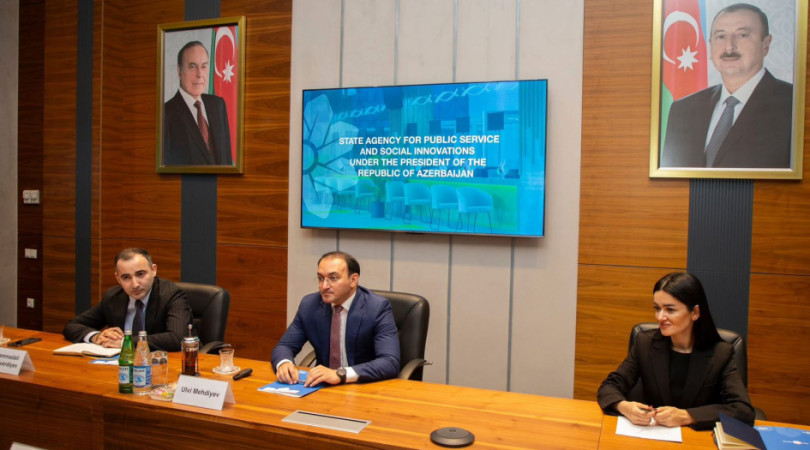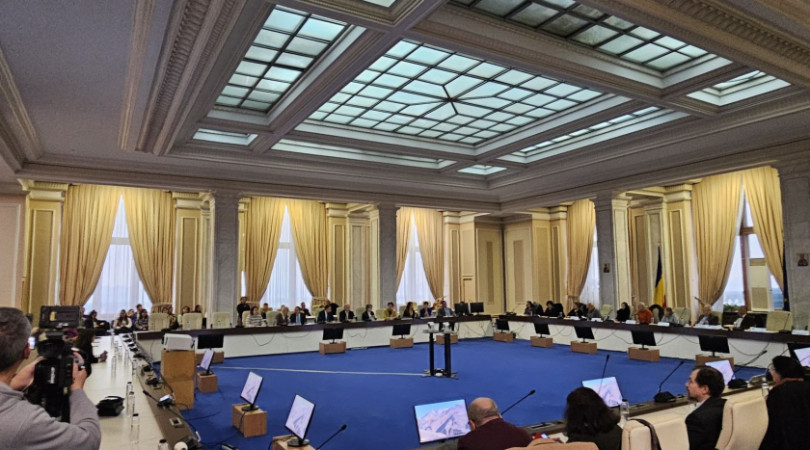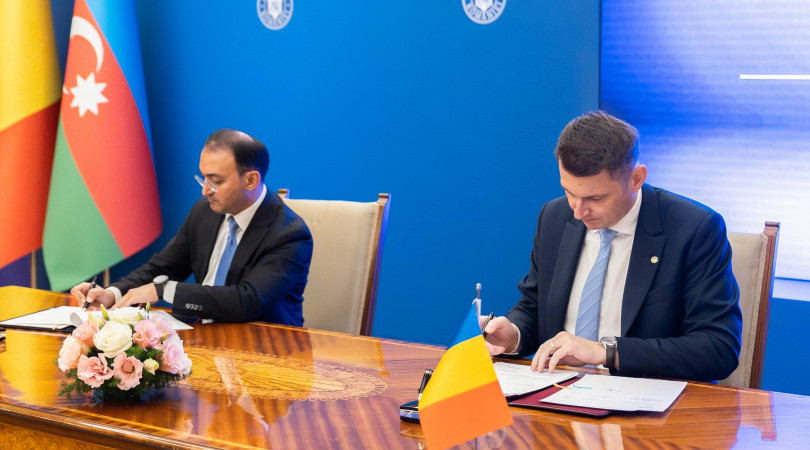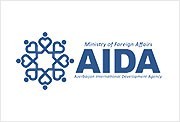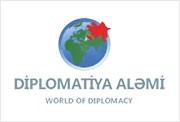March 31 – Genocide of Azerbaijanis
The history of the Armenian nationalists` policy of genocide against the Azerbaijani people dates back to the early 18th century when tsarist Russia was exploiting the Armenians by promising them to create an Armenian state in the Caucasus in order to ramp up its expansionist policy towards the South Caucasus. On November 10, 1724, Peter I issued a decree allowing the Armenians to settle in Baku and other regions of Azerbaijan. Using this opportunity, the Armenians committed horrific crimes against the Azerbaijani population in different regions of Azerbaijan in order to build an Armenian state in our historical lands. The Armenians` intermittent, but the well-thought-out policy of genocide resulted in the slaughter of thousands of innocent Azerbaijanis, burning down of their homes and plunder of their property.
Although the Armenians, who were resettled in the territories of Azerbaijan, were less in numbers than the Azerbaijanis living there, they managed, with support from their patrons, to establish an administrative unit. This laid the foundation of the policy of displacement of the indigenous people of Azerbaijan from their lands and their annihilation. In order to realize their fabricated idea of “Greater Armenia”, the Armenians began to falsify their own history and the history of Azerbaijan.
Inspired by the idea of creating “Greater Armenia”, the Armenians carried out a series of bloody massacres against the Azerbaijanis in the 20th century. The atrocities that started in Baku then spread to all territories of Azerbaijan, with hundreds of settlements destroyed and razed to the ground, and thousands of civilians brutally killed.
The first massacres in the 20th century were committed by the Armenians in 1905-1907 when thousands of innocent Azerbaijanis were slaughtered in Baku, Nakhchivan, Zangazur, Iravan, and other historical Azerbaijani lands.
From December 1917 to March 1918, the Armenian armed forces, led by Andranik, destroyed a total of 197 villages, including 32 villages in Iravan governorate, 84 villages in Echmiadzin governorate, and 7 villages in Nor-Bayazid governorate, slaughtering and expelling local residents, looting their property and razing their homes to the ground.
After the October Revolution of 1917, the Armenians attempted to carry out their despicable intentions under the protection of the Bolsheviks. In March of 1918, Stepan Shaumyan was appointed as the commissar extraordinary of the Caucasus and dispatched to Baku.
This marked the beginning of a treacherous plan to wipe out the Azerbaijanis living in the city of Baku. Presented under the guise of the “fight against anti-revolutionary elements”, this plan was carried out by Baku Commune led by Dashnak-Bolshevik Shaumyan.
Among the deadliest of the massacres against the Azerbaijanis are those committed by the Armenian armed forces in Baku, Shamakhi, Guba, Goychay, Kurdamir, Salyan, Lankaran and other regions in March 1918.
According to official sources, during those tragic events from March 30 to April 3, 1918, tens of thousands of peaceful civilians were killed on ethnic and religious grounds in a horrific act of genocide by Baku Soviet troops and Armenian Dashnak armed units in the city of Baku and a number of regions in Baku governorate, as well as Karabakh, Nakhchivan, Shamakhi, Guba, Khachmaz, Lankaran, Salyan, Zangazur, and other areas, residential settlements were destroyed, historical monuments, mosques, and cemeteries were razed to the ground.
On March 31, 1918, the massacre of peaceful Azerbaijanis began in the city of Baku. Committed by the 6,000-strong Baku Soviet troops and 4,000-strong-armed units of Dashnaktsutyun party, the barbaric act lasted for three days, during which Azerbaijani settlements were suddenly attacked and all residents from children to adults were massacred.
Kulner, a German witness of those tragic events, wrote in his memoirs on Baku in 1925: “The Armenians attacked Muslim (Azerbaijani) settlements, killing everybody, cutting them up with swords and bayoneting. Several days after the genocide corpses of 87 Azerbaijanis were pulled out from a groove. Their ears and noses were cut off, their abdominals were ripped up and genitals chopped. The Armenians showed no mercy to children and elderly people.”
The March 1918 events received considerable attention following the proclamation of the Azerbaijan Democratic Republic (ADR) when in order to investigate violence against the Azerbaijani population, the ADR Council of Ministers set up an Extraordinary Investigation Commission on July 15, 1918.
According to the material of the Extraordinary Investigation Commission, the Armenian gangs annihilated nearly 8,000 civilians in Shamakhi. 28 villages in Javanshir governorate and 17 villages in Jabrayil governorate were completely destroyed and their population wiped out.
The gangs ambushed and shot down a 3,000-strong caravan of Azerbaijani civilians, mostly women, children and the elderly, to the last person near Gyumru. In Nakhchivan governorate, several villages were burned down, in Zangazur uyezd, 115 Azerbaijani villages were destroyed, 3,257 men, 2,276 women, and 2,196 children were killed.
In Zangazur uyezd, 10,068 Azerbaijanis were murdered or made disabled, while 50,000 people became refugees. In Iravan governorate, 135,000 Azerbaijanis in 199 villages were killed and the villages were razed to the ground. In 1918-1920, the Armenian armed units destroyed 150 villages in the mountainous part of Karabakh, annihilating the local population.
In 1919 and 1920, the Azerbaijan Democratic Republic commemorated March 31 as the nationwide mourning day. In fact, that was a first attempt to politically recognize the genocide against the Azerbaijanis and more than a century-long occupation of Azerbaijani lands.
It was national leader Heydar Aliyev who initiated a comprehensive investigation into the March 31 genocide and launched a campaign to raise the world community`s awareness of the tragedy. On March 26, 1998, President of the Republic of Azerbaijan Heydar Aliyev signed a historically-important Decree “On the genocide of Azerbaijanis” to proclaim March 31 as the Day of Genocide of Azerbaijanis. This gave a strong push to efforts to study the history of genocide, and a large number of works have been written and translated into foreign languages. Numerous new evidence and documents have recently been discovered to prove the genocide. One of the bloodiest episodes of this genocide took place in Guba uyezd when 167 villages were completely destroyed in April-May, 1918. Guba genocide mass grave was discovered during excavation works on April 1, 2007. In 2009, the Cabinet of Ministers issued an Order to approve the “Plan of measures to immortalize victims of the massacre in Guba district”, which included the erection of a memorial in the site of the mass grave. The Guba Genocide Memorial Complex was unveiled on September 18, 2013. It was later discovered that apart from Azerbaijanis, representatives of other ethnicities living in Guba were massacred and buried in the mass grave, including Lezgis, Jews, and Tats.
On January 18, 2018, President of the Republic of Azerbaijan signed a Decree “On the 100th anniversary of the 1918 genocide of Azerbaijanis”.


